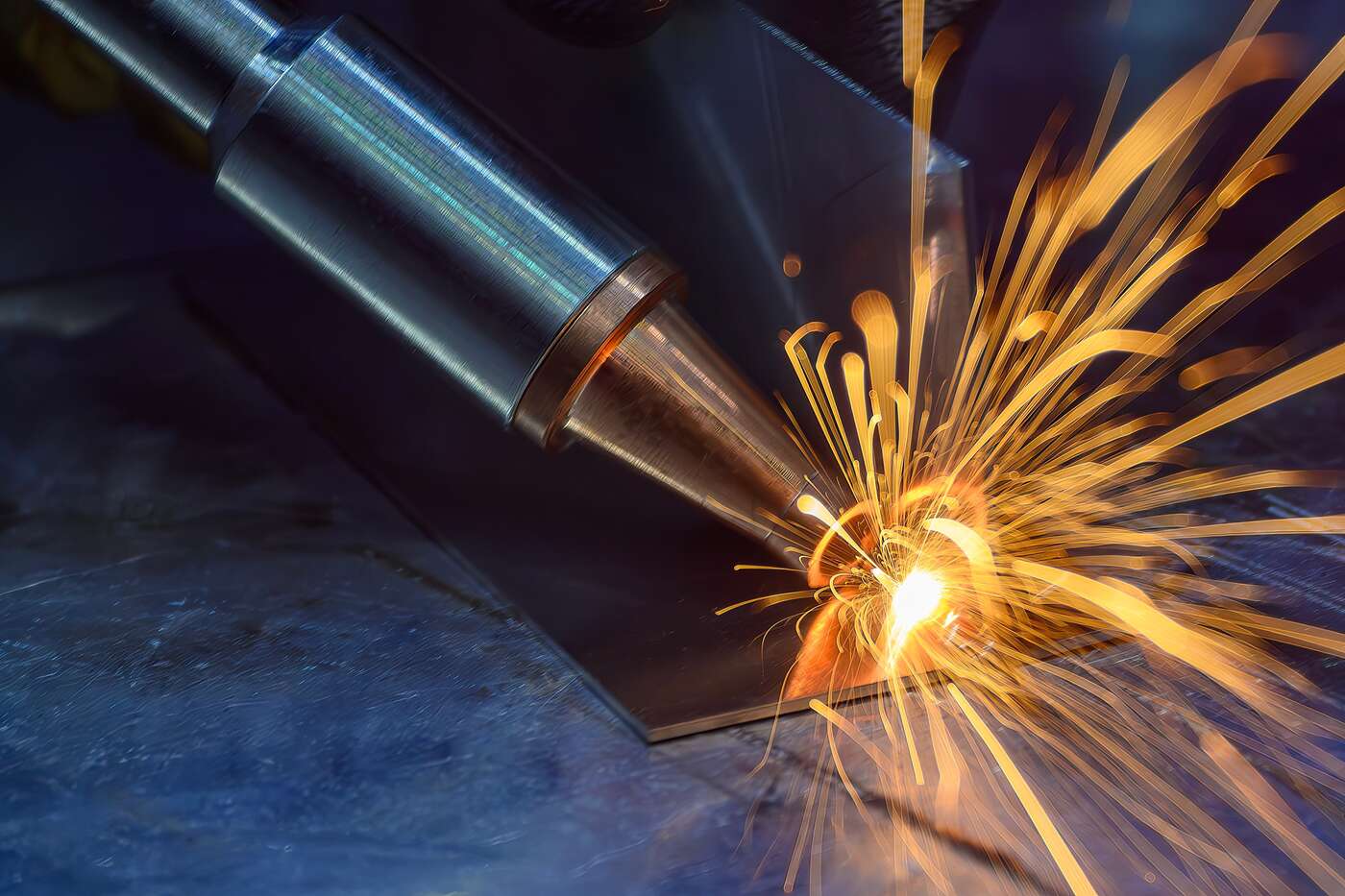Laser welding services are an increasingly crucial capability for manufacturing today’s complex medical devices. Compared to conventional welding processes, laser minimizes heat distortion, speeds up processing time, and more easily maintains high-precision tolerances. It’s also seamlessly compatible with the challenging metals that medical manufacturing projects often use such as titanium, platinum, and specialized stainless steel grades, which typically require special preparation for compatibility with traditional welding methods.
At China Spring & Machine, we continuously adopt new fabrication technologies to better meet our medical customers’ requirements. That includes laser cutting services as well as precision laser welding, which we discuss in greater detail below.
The Laser Welding Process Explained
Laser welding is a high-precision fusion process that utilizes a concentrated laser beam to join materials with minimal heat input and exceptional accuracy. The process begins with a laser source – typically a fiber, diode, or Nd:YAG laser – that generates an extremely focused, high-energy light beam. This beam is directed onto the workpiece, where it rapidly heats and melts the material at the joint interface. Upon cooling, the molten material solidifies, forming a strong, clean weld.
There are two primary laser welding modes: conduction mode and keyhole mode. In conduction mode, the laser energy is absorbed at the material’s surface, creating a shallow weld with minimal penetration, which is ideal for delicate applications like micro-welding in medical devices. Keyhole mode, on the other hand, occurs when the laser intensity is high enough to vaporize the material, forming a deep, narrow weld with increased penetration. This mode is commonly used for thicker materials and high-strength applications.
The Advantages of Laser Welding for Medical Manufacturing
Laser welding is highly precise due to its small heat-affected zone (HAZ), which reduces thermal distortion and preserves the mechanical properties of sensitive materials. It is also a non-contact process, allowing for automation and integration into robotic systems, making it ideal for industries requiring repeatability and consistency, such as medical device manufacturing.
Additionally, laser welding can be performed in an inert gas environment, such as argon or nitrogen, to prevent oxidation and ensure high-purity welds, essential for biocompatible medical components.
- High-Precision Welding – This particular type of welding offers superior precision with its focused energy application, making it ideal for intricate medical components such as implants, surgical instruments, and microfluidic devices. In comparison, conventional welding processes typically generate larger weld beads and require more post-processing to achieve the fine details needed for many precision medical device components.
- Material Compatibility – Laser works well with virtually all types of stainless steel as well as titanium, platinum, cobalt-chrome alloys, and other commonly used hard-to-work metals used in medical manufacturing. The process also enables dissimilar metal joining with minimal defects. While some conventional welding methods are compatible with many of these same metals, they generally require increased preparation time, special filler materials, and a slower welding process.
- Clean and Sterile Welding Solutions – Laser welding yields minimal contamination risk since it’s generally a non-contact process. It can be performed in cleanroom environments to meet sterile medical device requirements. With conventional welding processes, the use of filler materials presents the risk of contaminants, along with greater risk of atmospheric contamination.
- High-Speed Welding – Finally, there’s the speed of the welding process to consider. Laser welding requires less setup and preparation time. While the technology itself is highly advanced, the process is arguably simpler since it doesn’t require filler material and the more complicated gas shielding that comes with it. The process is therefore quick, consistent, highly repeatable, and easier to automate.
High-Precision Manufacturing for the Medical Industry Since 1984
China Spring & Machine is backed by more than 40 years of service as one of China’s leading medical device manufacturing companies. We ensure superior quality and precision with every laser machined component in accordance with the strict requirements of the modern medical sector.
